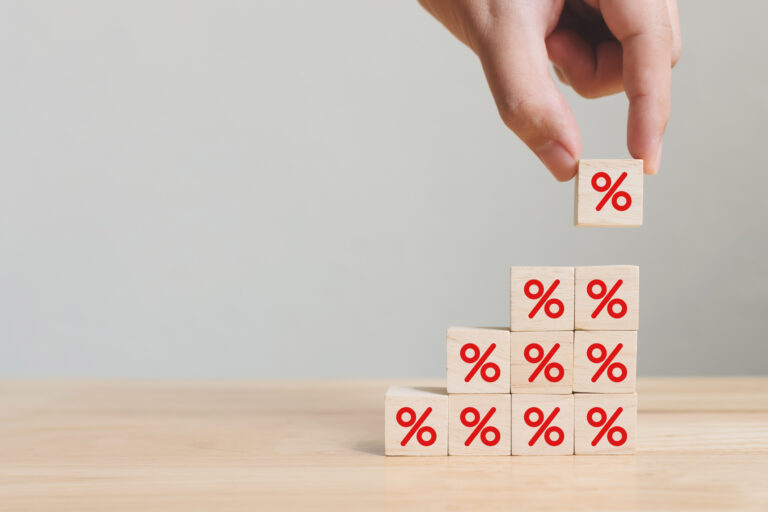There might be plenty of talk about house prices softening, but new analysis tips Queensland prices to soar by 2030. As the 2032 Olympics draws more attention to Brisbane and Queensland, PRD chief economist Dr Diaswati Mardiasmo says it will also score big in terms of price growth. She predicts parts of South-East Queensland will have median house prices even higher than Greater Sydney as a result of continuing growth in interstate migration and big Olympic infrastructure spending. She makes the predictions based on average annual returns in the past 10 years. Mardiasmo says coastal markets will still be the best performers, with Noosa Shire set to hit a median of $2.7 million by 2030 and the Gold Coast $2.67 million. Her analysis predicts Brisbane’s median house price will hit $1.75 million. She says the relative affordability of the SEQ market currently means more people will be attracted to move here before the 2032 Olympics, driving up demand and prices.
Qld Regional Buyers Tap Into Scheme
Regional Queenslanders have been quick to put their hand up for a financial scheme aimed at helping first-home buyers into the market. Already 165 Queenslanders have applied for the Federal Government’s regional first homebuyer guarantee, which opened on October 1. The scheme acts as a guarantor on up to 15% of a loan for prospective home buyers, so they can purchase a home with a deposit as low as 5% and not be hit with Lenders Mortgage Insurance. There are 10,000 spots available in the regional scheme. Federal housing Minister Julie Collins says regional areas have experienced some of the biggest drops in housing affordability in the past two years and as a result it takes first-home buyers in those areas longer to save a deposit. CoreLogic figures show regional Queensland dwelling values are 8.5% higher than 12 months ago. According to the organisation which administers the grants, there has also been strong demand from Western Australia.
Quote of the Week
“People are still voting with their feet. We need to ensure that regional Australia can accommodate this continuing trend — specifically around housing and essential services.”
Regional Australia Institute chief executive Liz Ritchie
Exodus To Regional Areas Continues Prices More Positive In October
Continuing demand for workers in regional Australia could lead to a further surge in property markets, according to a new report. The latest Regional Movers Index shows quarterly migration flows to regional areas have averaged about 15% higher in the 12 months to September 2022, compared with the two years before the pandemic. The report says the top regional areas people are moving to for job opportunities are the Gold Coast, Sunshine Coast, Geelong/Surf Coast, Illawarra and Newcastle. The Commonwealth Bank’s Paul Fowler says jobs advertised in those areas have grown between 30% and 50% in the past 12 months. “For those LGAs experiencing the largest growth rate from capital to regional migration, job vacancies increased from 20% to 30%,” he says. Regional Australia Institute chief executive Liz Ritchie says the report shows “people are still voting with their feet.” “We need to ensure that regional Australia can accommodate this continuing trend — specifically around housing and essential services,” she says.
Rate Rises Won’t Break The Market
Interest rate rises are unlikely to “break” the housing market or lead to a recession, according to Goldman Sachs. Its lead economist Andrew Boak expects the RBA to increase the cash rate to 4.1% by early next year to bring inflation down. He says that, while higher interest rates may cause some house prices to fall, he does not believe it will be to an extent that many borrowers will be faced with negative equity. Boak believes Australia will avoid recession, as many businesses have returned to normal operations since the end of Covid lockdowns and population is continuing to grow. He says the gains in the past two years mean few homeowners will fall into negative equity or default even if house prices decline. According to CoreLogic, the capital city average house price has fallen 3% in the past 12 months, although several capital cities and all regional markets have recorded annual rises. Both PropTrack and SQM Research record higher national prices than a year ago
Building Costs Tipped To Drop
After increasing substantially during the pandemic, experts now predict the cost of building supplies will start to drop. Master Builders Association chief economist Shane Garrett says prices have peaked after increasing by up to 38% in the year to September 2022. Part of the problem, according to Garrett, is that speculators bought up big, hoping to sell for huge profits. But with some supply issues resolved, prices are now starting to drop, so speculators have started to offload. Perth recorded the biggest price increases in materials, with the cost of a new home up by 31% in the year to September. Costs rose most significantly for plywood and board (38%), terracotta tiles (33%), window timber (32%), structural timber (31%), timber doors (26.5%), steel beams and sections (26%), mirrors and glass (23%) and reinforcing steel (23%). MBA head John Gelavis says things which can make the sector more productive include a five-day work week and encouraging more women to join the industry










